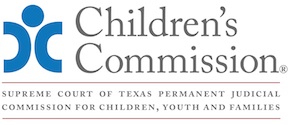
Texas Child Protection Law Bench Book
Updated September 2025
F. Effective Assistance of Counsel
Case law has established that if a parent is entitled to court-appointed counsel, the parent is entitled to effective assistance of counsel. In re J.O.A., et. al., 283 S.W. 3d 336, 347 (Tex. 2009). The Supreme Court of Texas has held that the right to appointed counsel extends to proceedings in the Supreme Court of Texas including a Petition for Review as well as an Anders brief and motion to withdraw. In re P.M., 520 S.W.3d 24 (Tex. 2016).